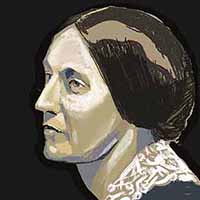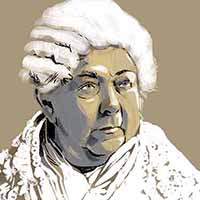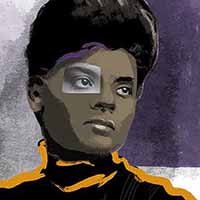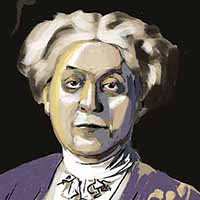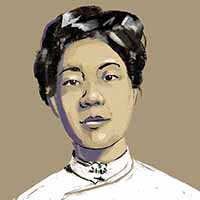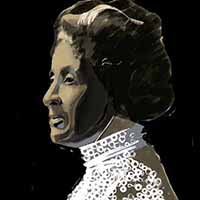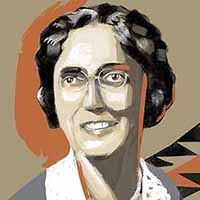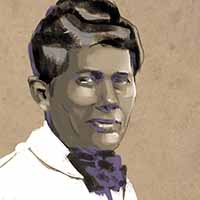100 years | Women’s Suffrage
Suffragist Village
Leaders in the battle for women’s right to vote in the U.S.
Through the mid-19th century and early 20th centuries, women from all backgrounds in the United States pushed for social reforms that affected their lives. They formed antislavery organizations, temperance unions and sparked movements for equality in education, domesticity and politics. But they believed true equality for women could only be achieved by gaining the right to vote.
In 1848, the suffrage movement was officially launched at the Seneca Falls Convention in Seneca Falls, New York. Over the years, women picketed the White House, paraded through streets on horseback, and held meetings and conventions at state and national levels for their cause.
After years of struggle, on Aug. 18, 1920, Tennessee became the final state needed to ratify the 19th Amendment. One week later the amendment’s adoption was certified, finally giving women the right to vote.
Notable suffragettes
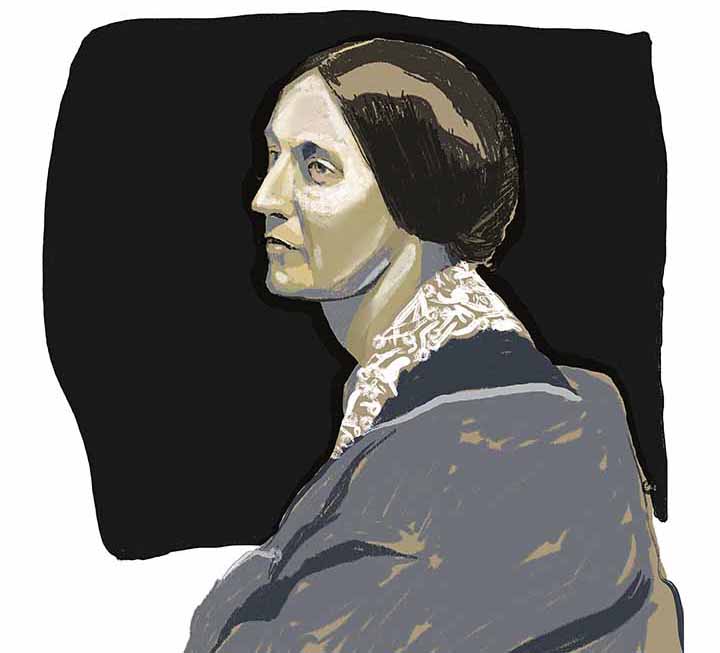
1820 - 1906
Susan B. Anthony
Perhaps the most famous suffragist, Anthony came from a family of abolitionists. She attended meetings with antislavery Quakers and other abolitionists, including Frederick Douglass and William Lloyd Garrison.
——————————
After being introduced to Elizabeth Cady Stanton, she became involved in the women’s rights movement. Anthony lobbied state legislatures, made speeches and founded the American Equal Rights Association and the National Woman Suffrage Association with Stanton.
In 1872, Anthony was put on trial after trying to vote in the presidential election. The judge did not sentence her to prison, which ended her chance to appeal to the U.S. Supreme Court. Anthony actively fought for women's suffrage until the end of her life.
“No man is good enough to govern any woman without her consent.”

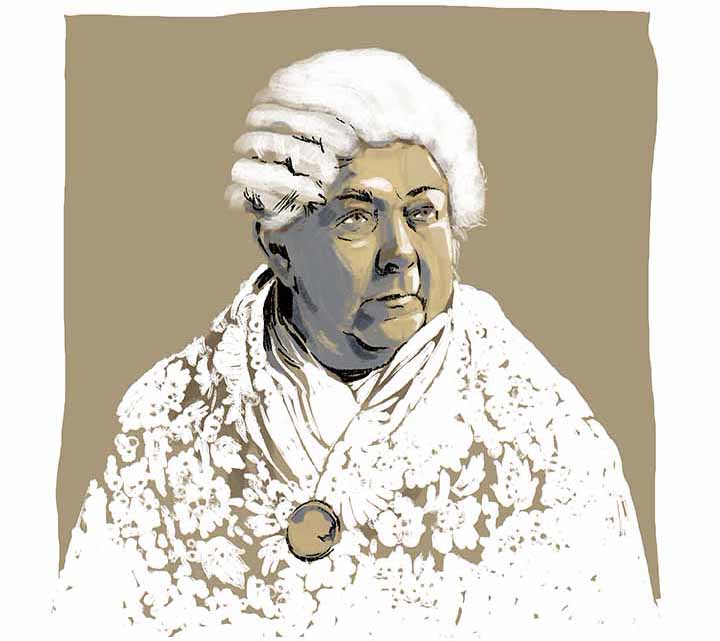
1815 - 1902
Elizabeth Cady Stanton
A popular and eloquent speaker, Stanton grew up in a wealthy New York family led by an imposing, firm mother who became Stanton’s role model. She got her start in the women’s movement as a speaker and organizer of the First Women’s Rights Convention in 1848.
——————————
Later, she worked with Susan B. Anthony writing speeches, attending conferences and publishing articles. Stanton testified before Congress several times advocating for women’s suffrage. She traveled the country giving speeches urging young girls to pursue an education.
Stanton helped organize an 1876 protest in Philadelphia at the nation’s centennial celebration. She did not live to see women win the right to vote.
“We hold these truths to be self-evident that all men and women are created equal.”

1862 - 1931
Ida B. Wells
Born enslaved in Mississippi, Wells was active in movements for women’s rights and racial justice. She was a co-founder of the National Association of Colored Women's Club, which addressed issues pertaining to civil rights and women's suffrage. She started writing about racial and political issues after she was forcibly removed from the first-class section of a train, despite purchasing a ticket.
——————————
Wells was the editor, publisher and co-owner of the influential Memphis Free Speech and Headlight newspaper.
After a friend and two of his associates were lynched in 1892, she risked her life writing numerous editorials decrying lynchings in the South. On speaking tours, she criticized white suffragists who ignored the terror of lynching. Angry about her editorials, a white mob destroyed the newspaper’s offices. Wells fled to Chicago, where she continued her crusade against lynching. In 1898, she called on President William McKinley to enact reforms.
She was posthumously awarded the Pulitzer Prize in 2020 for her “outstanding and courageous reporting on the horrific and vicious violence against African Americans during the era of lynching.”
“The alleged menace of universal suffrage having been avoided by the absolute suppression of the Negro vote, the spirit of mob murder should have been satisfied, and the butchery of Negroes should have ceased.”

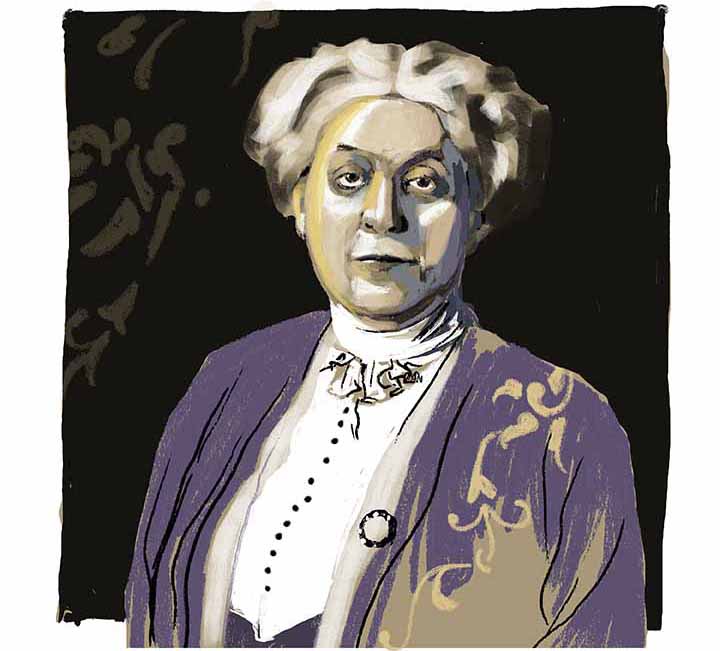
1859 - 1947
Carrie Chapman Catt
A graduate of Iowa State University as the only woman in her class, Carrie Chapman Catt became involved in the women's suffrage movement after marrying her second husband.
——————————
She joined the Iowa Woman Suffrage Association in 1887 and was involved in the National American Woman Suffrage Association in 1892 under the organization’s president, Susan B. Anthony. Catt addressed Congress on a proposed women’s suffrage amendment that year at Anthony’s invitation.
In 1900, Catt succeeded Anthony as president of NAWSA and was reelected in 1915. While president, she led a campaign called the “Winning Plan” to encourage each state to give women the right to vote and urge Congress to pass an amendment granting women the right to vote. After the 19th Amendment was passed in 1920, Catt formed the League of Women Voters, which helped women navigate the voting process.
"There are whole precincts of voters in this country whose united intelligence does not equal that of one representative American woman."

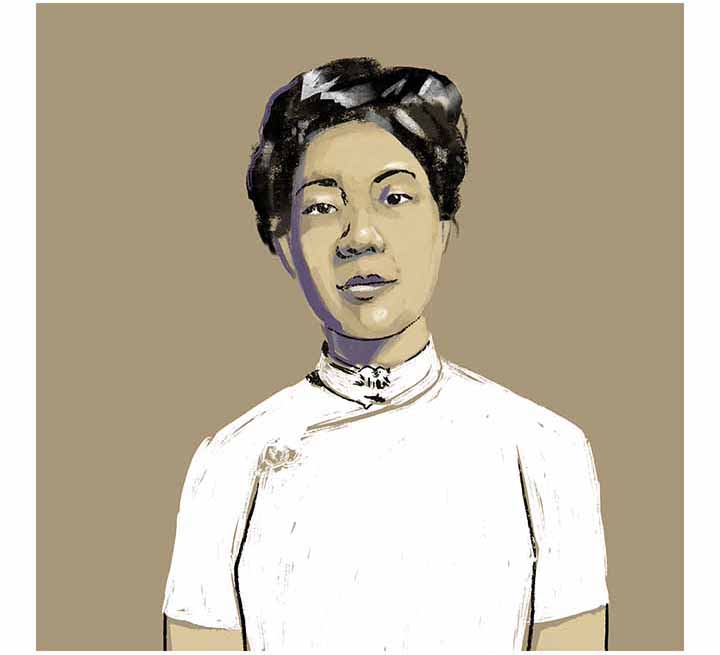
1896 - 1966
Mabel Ping-Hua Lee
Lee was born in Guangzhou, China, and moved with her family to the United States in 1905. She was well-known in New York’s suffrage movement. In 1912, she led a suffragist parade of 10,000 on horseback through New York City.
——————————
While studying at Barnard College, she wrote essays advocating for female participation in democracy through voting and gave a speech urging the Chinese community to promote girls’ education.
Although the 19th Amendment granted women the right to vote in 1920, Lee and others in her community could not vote until 1943 because of the Chinese Exclusion Act of 1882, which limited Chinese immigration and prevented Chinese immigrants from becoming citizens.
After graduating from Barnard, Lee became the first Chinese woman to earn a Ph.D. from Columbia University. It is unknown whether she ever cast her ballot in the United States.
“[Woman suffrage] is nothing more than a wider application of our ideas of justice and equality. We all believe in the idea of democracy; woman suffrage or the feminist movement ... is the application of democracy to women.”

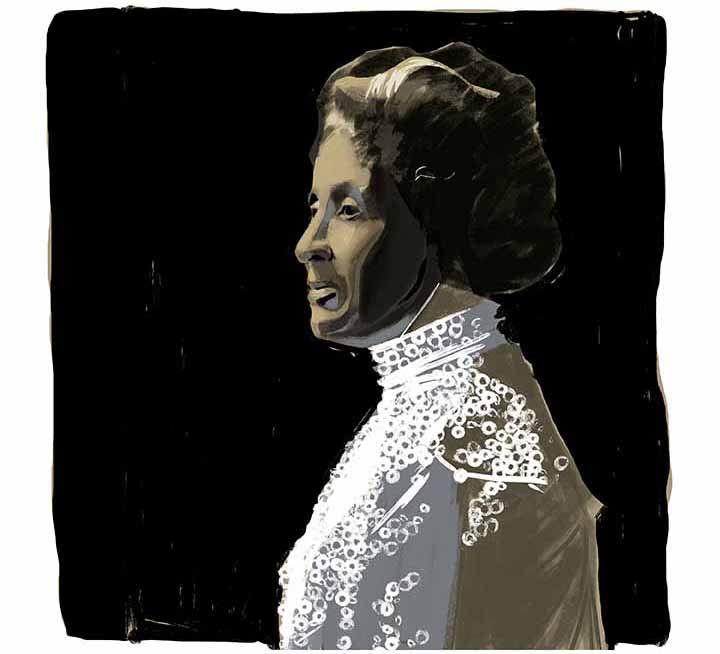
1863 - 1954
Mary Church Terrell
The daughter of business owners who were formerly enslaved, Terrell was sent to college by her parents and received bachelor’s and master’s degrees from Oberlin College.
——————————
She moved to Washington, D.C., and was a schoolteacher before becoming involved in the early civil rights movement in 1892 after a friend was lynched in Tennessee.
As president of the National Association of Colored Women, Terrell supported the women’s suffrage movement, even picketing at the White House to demand equal treatment. After anti-discrimination laws were overturned in Washington in the 1890s, Terrell led a campaign to reinstate laws protecting African Americans. She continued to fight against segregation through boycotts and sit-ins. In 1953, the U.S. Supreme Court ruled that segregated eating places in Washington were unconstitutional.
“Colored women are the only group in this country who have two heavy handicaps to overcome — that of race, as well as that of sex.”

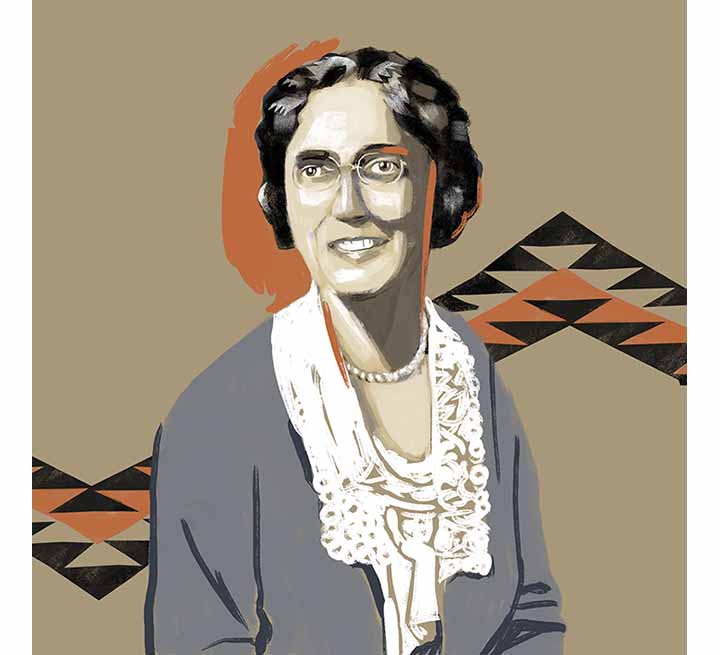
1881 - 1965
Adelina Otero-Warren
Otero-Warren was part of an elite class of Hispanos whose parents were descendants of the first settlers of New Mexico, dating back to the 16th and 18th centuries. Born on her family's hacienda in Los Lunas, she married at 24 and divorced two years later, but kept her ex-husband's last name. In 1914, she became active in New Mexico's suffrage movement through the Congressional Union of Woman Suffrage, founded by Alice Paul and Lucy Burns.
——————————
Like Paul, Otero-Warren believed the support of Hispanic and Indigenous citizens was crucial to women winning the right to vote, so she made sure all pamphlets distributed in her area were written in English and Spanish to reach a wider audience. She tirelessly lobbied New Mexican legislators to pass the 19th Amendment, a role for which Paul credited her when New Mexico ratified the amendment.
Otero-Warren was a harsh critic of the government’s Indian school system and was chairman of New Mexico’s Board of Health.
She never remarried and called herself a widow to avoid the stigma of divorce.
"[I] will take a stand and a firm one whenever necessary."

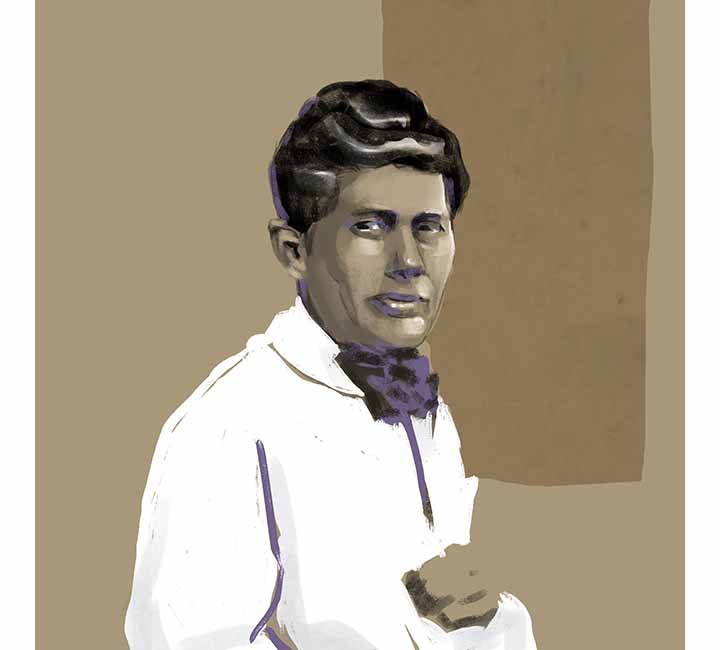
1861 - 1929
Wilhelmina Kekelaokalaninui Widemann Dowsett
Born on the island of Kauai in the Kingdom of Hawaii, Dowsett's German father was a cabinet minister for Queen Lili'uokalani. Her Hawaiian mother's family had longstandng royal connections.
——————————
When Hawaii was annexed by the United States in 1898, suffragists including Susan B. Anthony lobbied Congress for social progress there. But Dowsett thought it was best to petition locally. In 1912, she founded the National Women’s Equal Suffrage Association of Hawaii, the first organization of its kind in the islands. The organization had the support of many activists, including Carrie Chapman Catt.
After President Woodrow Wilson signed a bill allowing the Territory of Hawaii to decide on its own, Dowsett led several protests of both Indigenous and white women, calling on the Hawaiian Senate and House to support them. With the passage of the 19th Amendment, Hawaiian women gained the right to vote along with their colleagues on the mainland. But because Hawaii was a territory, and would not become a U.S. state until 1959, the islands had limited congressional representation.
“I can speak for my Hawaiian sisters and ... say that in every way, the woman is man’s superior. She will not only cast her vote fully as intelligently, she will vote honestly.”

Sources: U.S. House of Representatives, U.S. Library of Congress, and U.S. National Parks Service. Additional reporting by Sharon Shahid.
